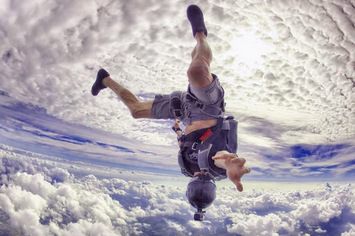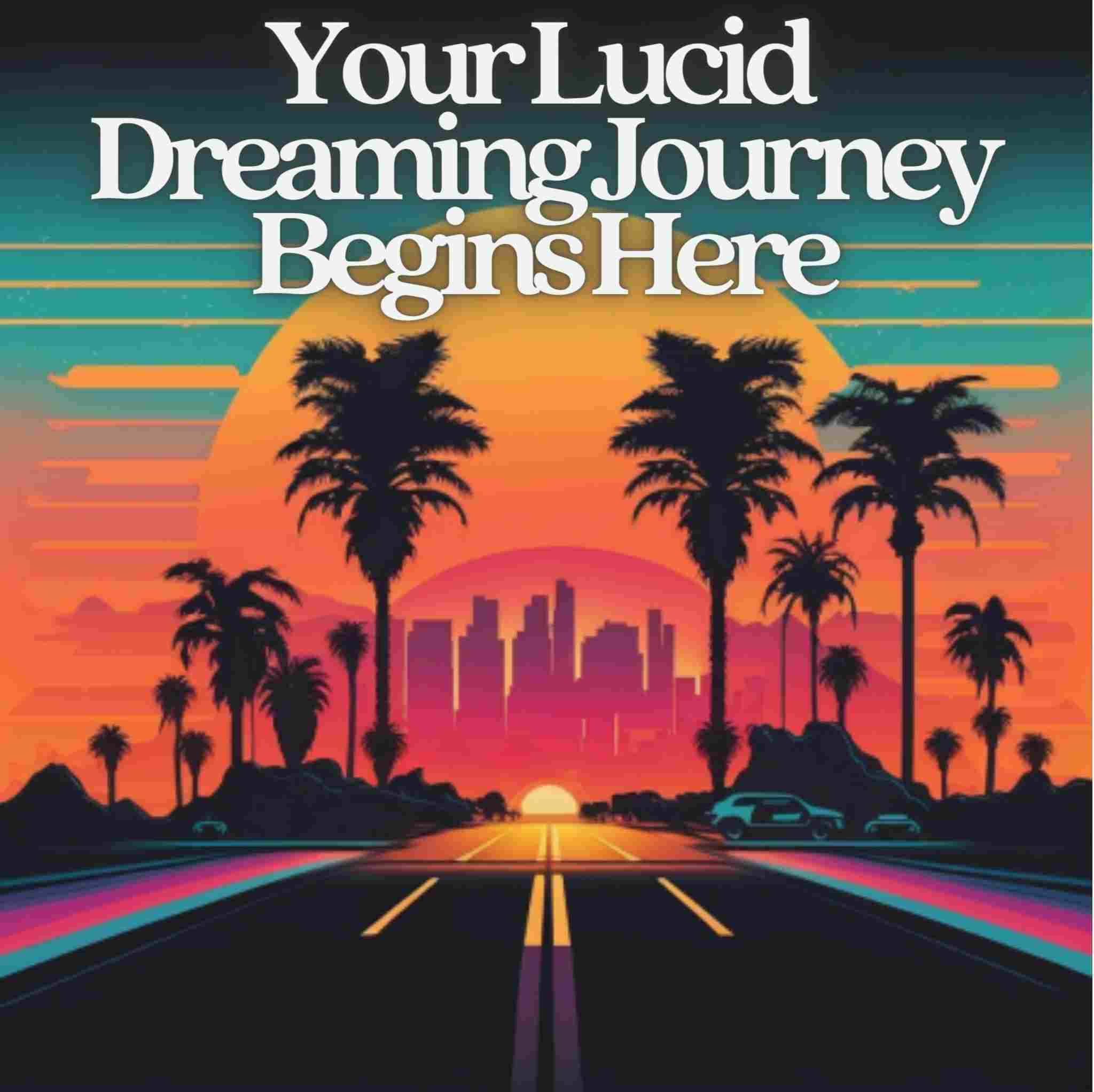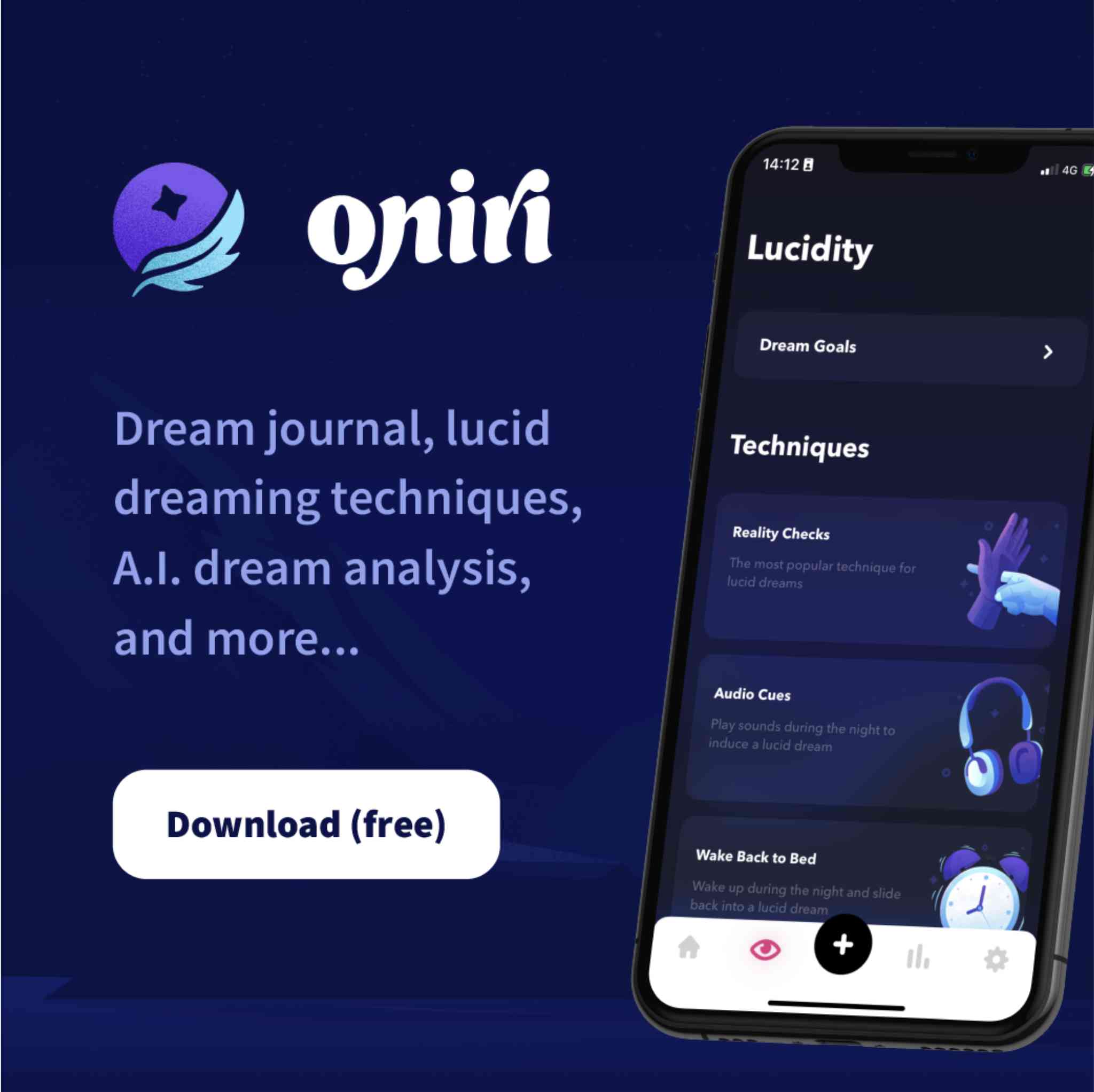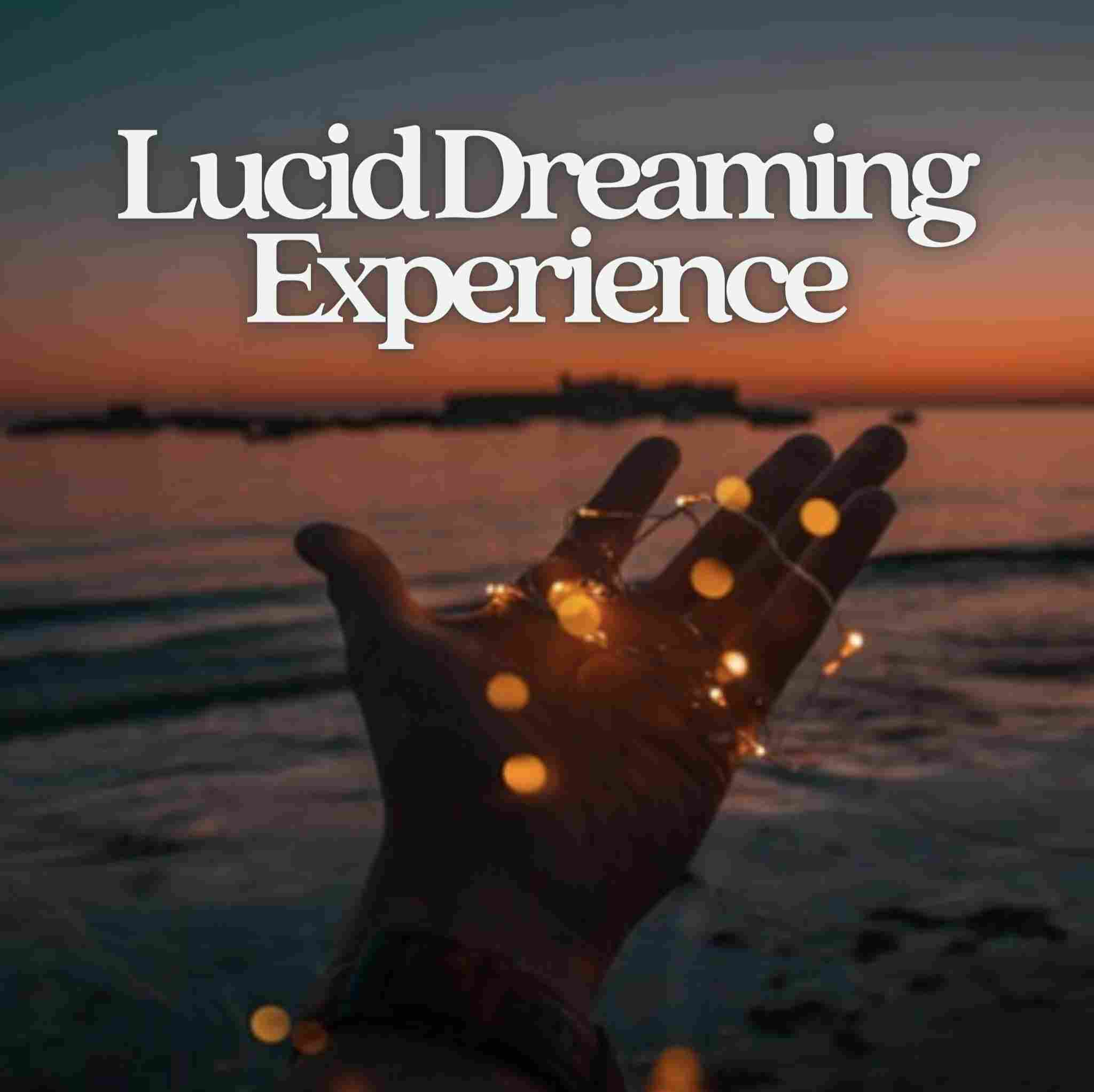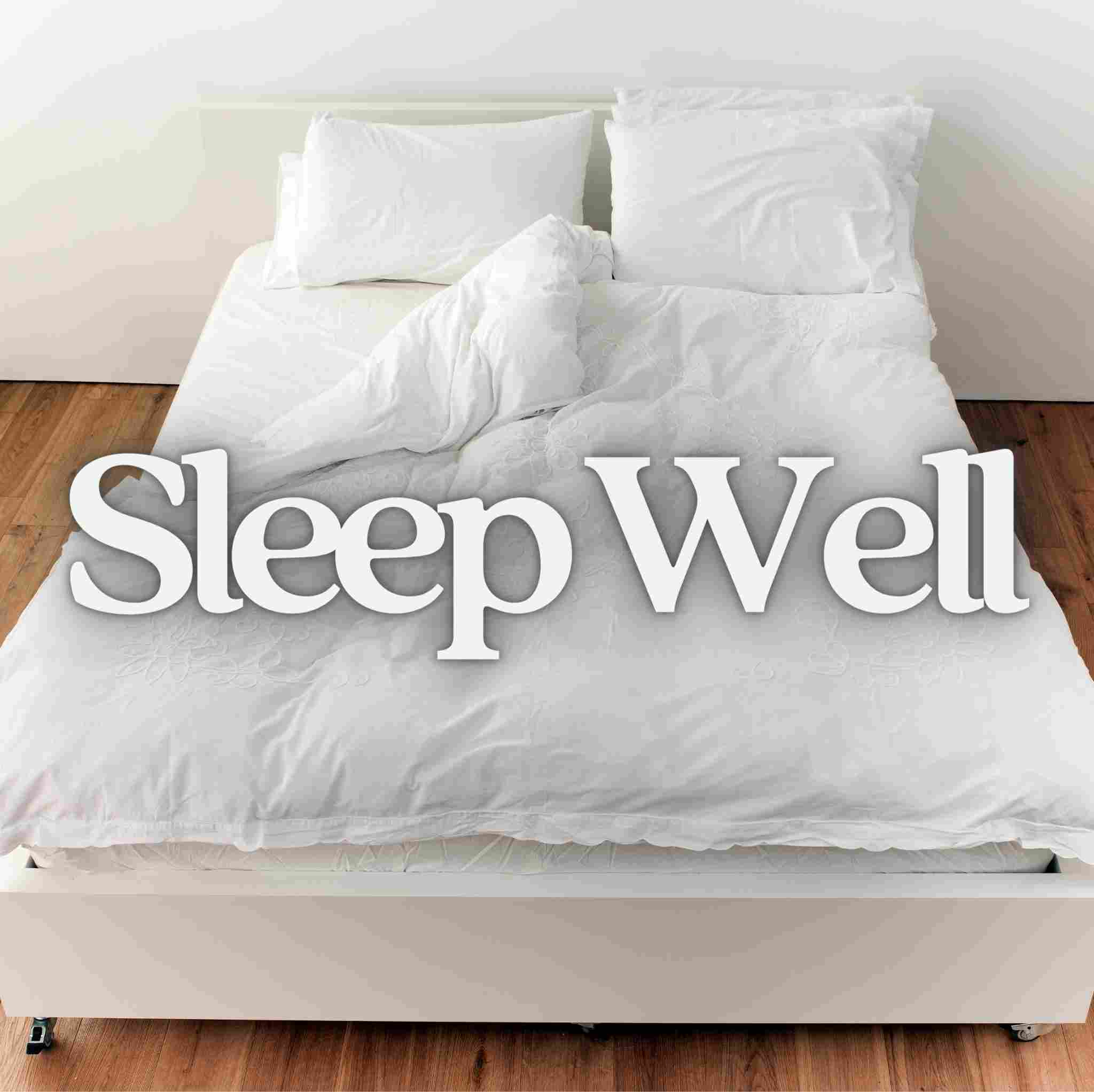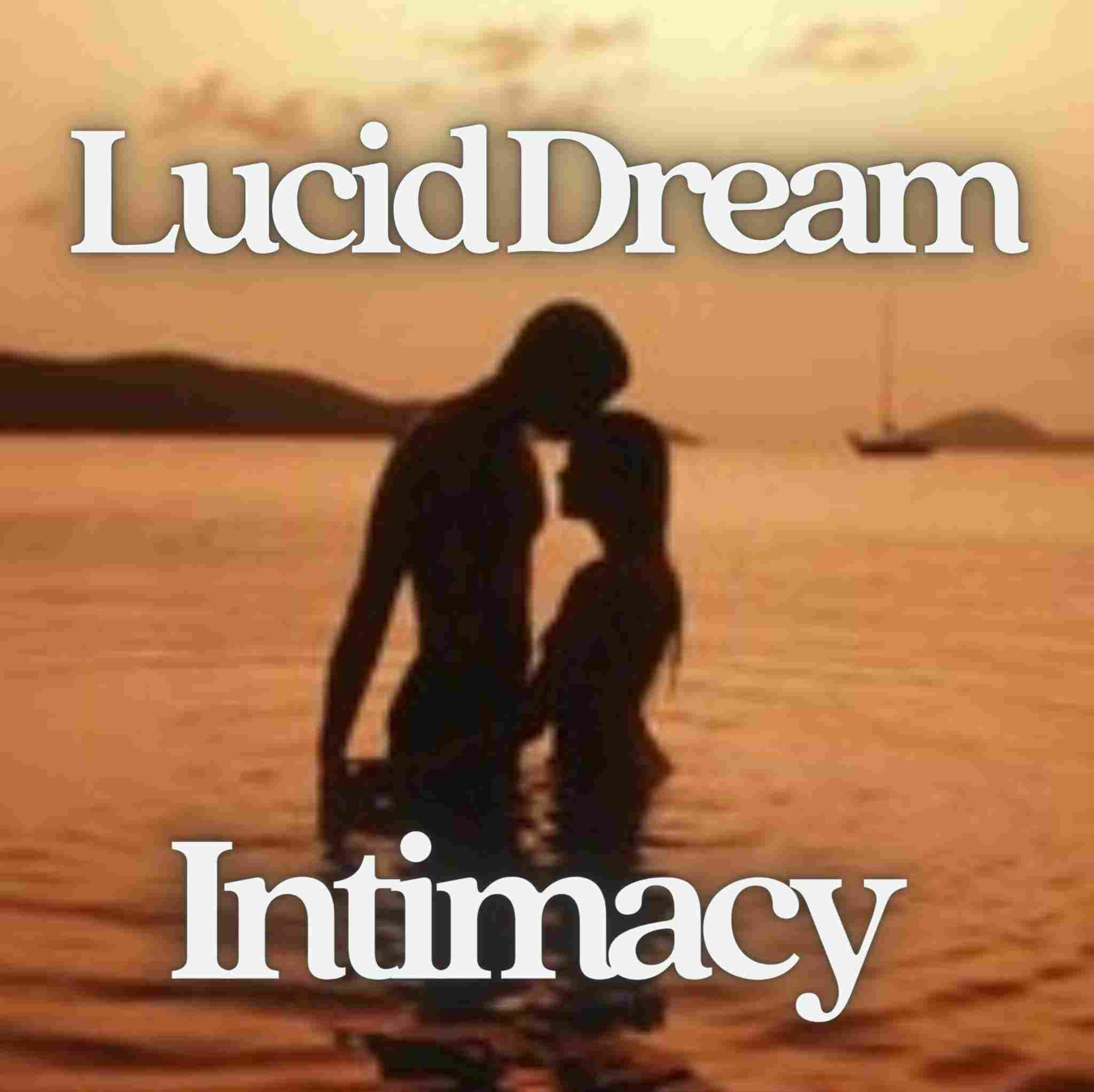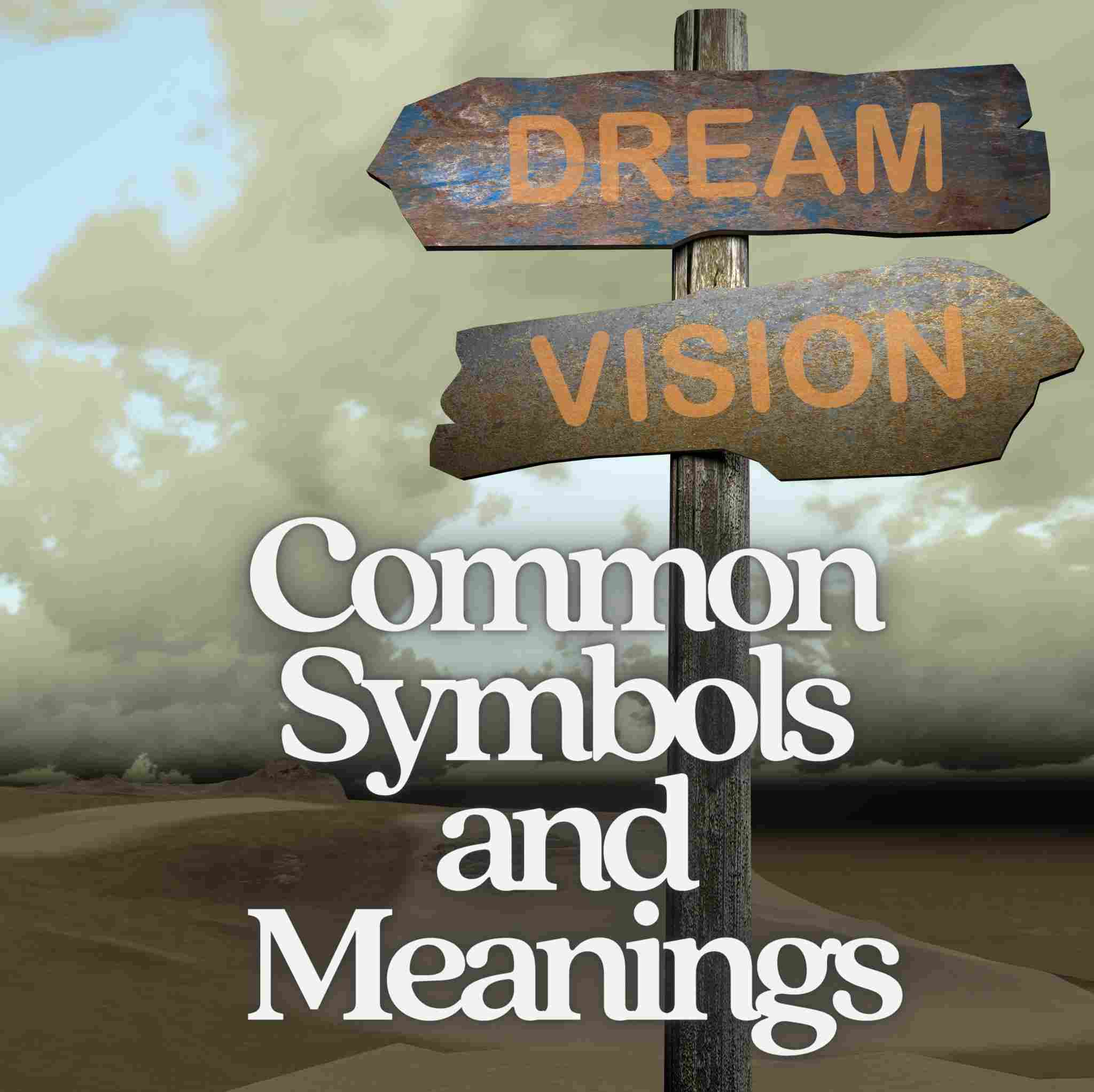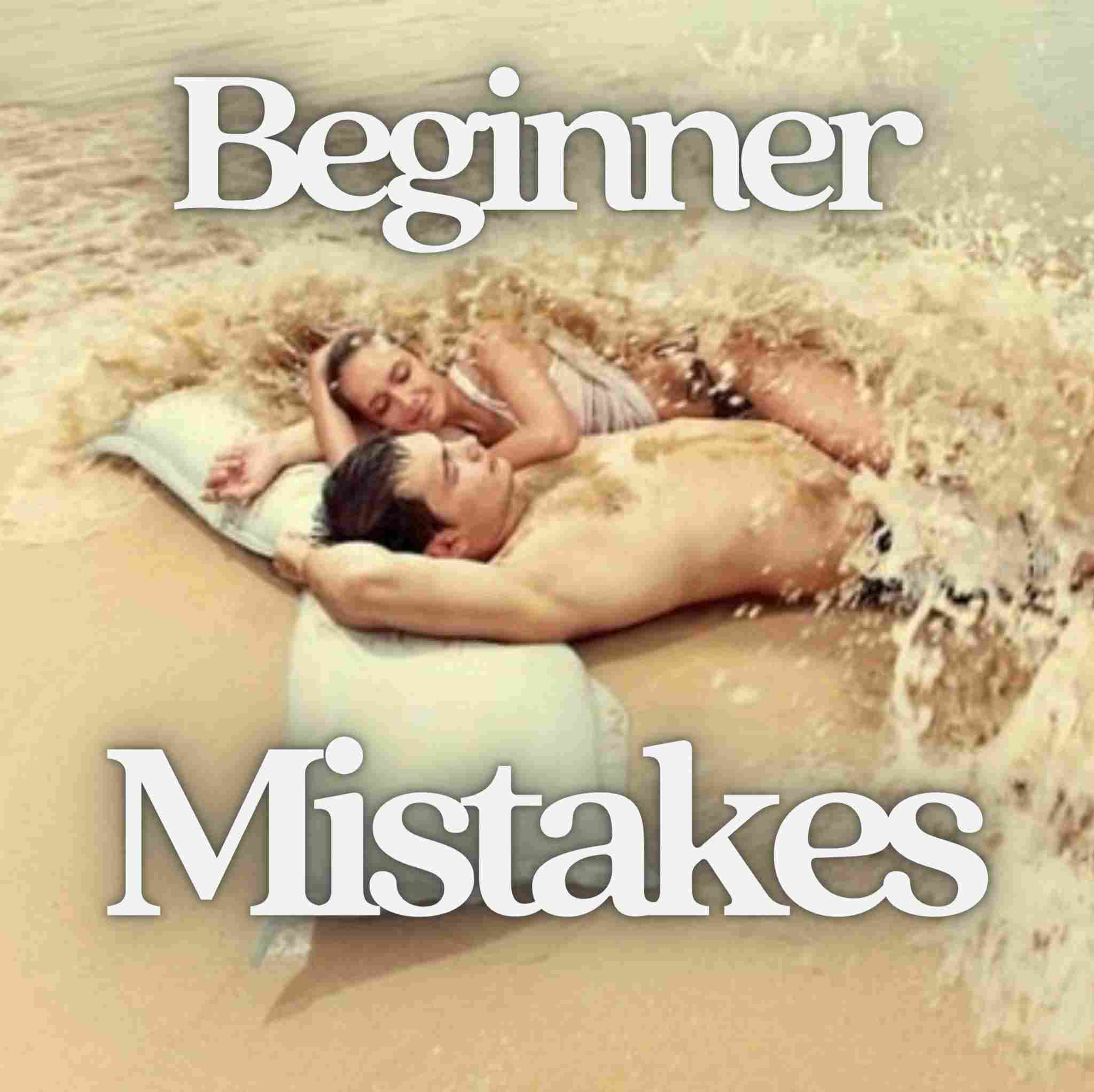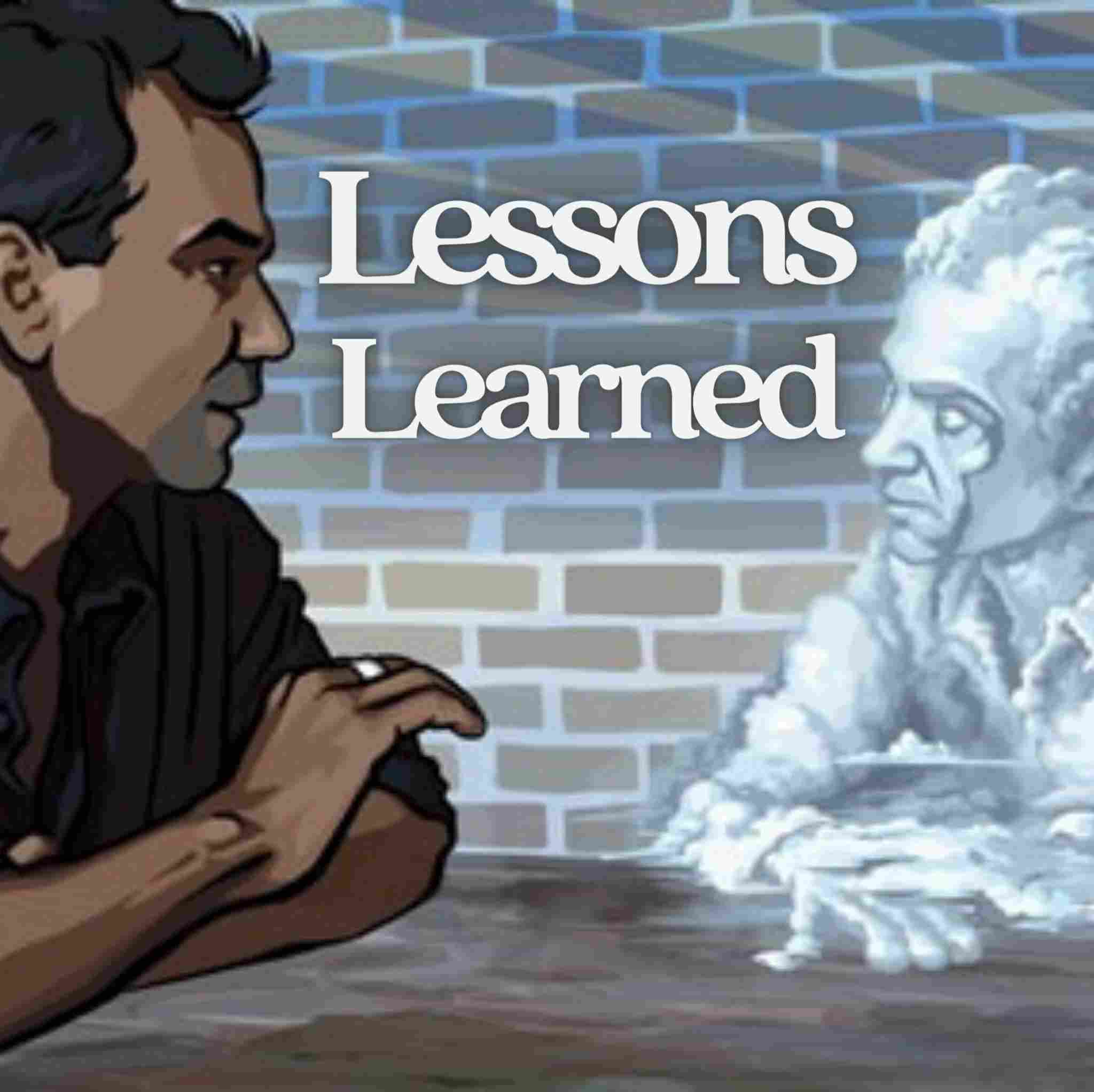Instadreamer: The Lucid Dreaming Device Based on Pavlovian Conditioning
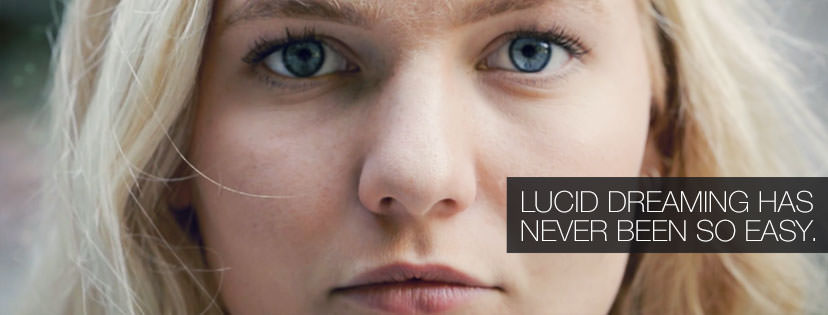
Today we are interviewing Jean Rausis, an entrepreneur and inventor of the Instadreamer – one of the most unique and promising lucid dreaming devices to come around in a while.
Jean, Welcome to WOLD! Can you give us a little background about your product?
Hello Chris.
Well… for decades, lucid dreams have been studied by scientists worldwide for the extraordinary ways they can apply to the examination of our brains. Unfortunately, this phenomenon only benefits the most persevering and lucky people.
Since the turn of the century, a number of devices have been created by many companies. Most of them are Masks - that are supposed to detect your sleep cycle and send you some sort of warning signal, whether audible or visual.
The problem is that your brain isn’t made to react to these types of signals. This is an old recipe that everyone persists in adopting and improving. But who can claim, after they have tested any of these masks, that they work even 1 out of 50 times?
I tend to concur. We’ve seen a lot a promising masks, but overall the feeling from the community seems to be that they’ve missed the mark so far. What’s your opinion on why they can perform so inconsistently?
There are various reasons for this.
Either you are in a sleeping phase wherein your brain is receptive to these signals (in which case it tends to alter and include them in your dream).
Or you are in a deeper sleeping phase and the signals are simply ignored by your unconscious mind.
In the first case, your brain doesn’t recognize what the signal is supposed to mean: it just takes it and transforms it to fit your dream (as for instance, when your telephone rings, you may transform the ringtone into a melody and start dancing to it in your dream.)
In the second case it’s even worse, because the warning signals may wake you up and impact your sleep in a negative way.
Therefore, you must be very lucky for the audible or visual signals to meet their purpose: they must find you in the perfect moment within the sleeping phase - where you have just enough conscience to notice them, but not enough to be woken up. This is almost impossible to consistently repeat, as you never can predict when you will be in that specific state.
The latest generation of these masks also send audible signals, which are more noticeable than the visual ones – although it goes without saying that they are pretty much unusable if you have a sleeping partner!
So what about the EEG Headbands we’ve seen arrive on the market recently? We’ve seen some promising studies backing those up, right?
Good question, I was going to talk about them.
They claim to read your EEG (Electroencephalogram), but the process is very aleatory and too complicated.
Whoever has set a foot in a Sleep Laboratory knows that placing sensors on you is insufficient to detect your paradoxical sleep accurately. Therefore, the first promise of the EEG is a lie.
To detect paradoxical sleep, you need several factors. When I first got the idea of the InstaDreamer, I remembered a study from Kagoshima University, in Japan, where researchers could detect REM sleep by heart rate.
I based my research on the same conclusion and added two other filters: body temperature and movements. With these two additional filters, we can now very accurately detect paradoxical sleep. but don't get me wrong, it took a lot of research to fine tune our detector and turn it into the most precise Dream-detection device ever built
Moreover, as the headbands emit signals that must be sensed and interpreted in the same way as with the other devices, they are just as useless: you need to be in the perfect sleeping state to be able to detect and process them.
OK, so you’ve whet our appetites Jean. It’s about time we saw a new type of device come to the market. So how does your product avoid these issues?
Well, everyone knows that reality tests work the best.
Even if they are very burdensome.
I mean: to consistently keep up the practice of checking whether you’re dreaming and regularly keep a “dream journal”, it’s a pain in the neck, right?
That’s why all these useless masks and headbands have been invented.
Because most people find it really annoying to have to constantly check if they’re dreaming and keep up a journal.
It’s a shame, because the best way to experience a lucid dream is to know for yourself that you’re dreaming, without having red lights flashing in your eyes, or voices and sounds warning you from the outside.
So how is your project different?
At InstaDreamer, we have asked ourselves the following questions:
How do we get rid of these ridiculous warning signal, inaccurate EEG readings - and come back to the heart of what a lucid dream actually is?
We wanted to enable people every night to check for themselves, with a simple tool, if they are in a dream - without having to remember to make reality tests during the day and keep a journal.
Well, we found the solution. Our tool is hassle-free, easy to use, fast, accurate.
It has enabled more than 75% of the people we tested to have lucid dreams during the first 3 days. After 7 days, 100% had experienced one or several of them.
These are bold claims, Mr. Rausis! Tell us exactly how the Instadreamer works then.
Without telling you too much, here is the idea:
It’s pure classical conditioning.
Basically, we found a way to condition your brain to quickly become lucid by a simple process. Our product will work in two stages.
Stage one is about conditioning your brain during over the course of
1-2
days with a simple technology.
The conditioning stage will establish a process in your brain that can
be
triggered with a simple stimulus.
Stage two is about detecting - during your sleep - the best moment to send you this stimulus. REM is not enough - we’re looking for a specific dreaming phase. No visual or audible warning signals, just a very simple stimulus that’s based on the same conditioning you learn during stage one.
Hmmmm, sounds promising but I sense you’re reluctant to reveal too much about your solution at this stage of the development.
We’re confident our device is a real revolution. We have done years of research and our system has been proven.
When it hits the market there will no doubt be many imitations.
That’s why we’re not revealing full product details until our Kickstarter campaign soon.
This isn’t someone or something on the outside that is telling you “Hey! You’re dreaming!”.
The whole “I realize that I’m in a dream” process comes from you.
You won’t wake up, you won’t have to interpret an external signal (sound or light), you won’t feel the dream escaping you because nothing changed.
It’s so smooth that you’ll just happen to be lucid in your dream without knowing how you did that. Since your conscious mind will not be too busy trying to understand what the heck is going on, the lucid dream will remain very stable and the transition will be almost instantaneous.
If you’d like to find out more and stay up to date with developments, just visit our page here.
OK, thanks for your time Jean! You will have to promise to come back to us and let us know the full details about your product next year when you launch your campaign!
No, thank you Chris – and we certainly will! :-)


